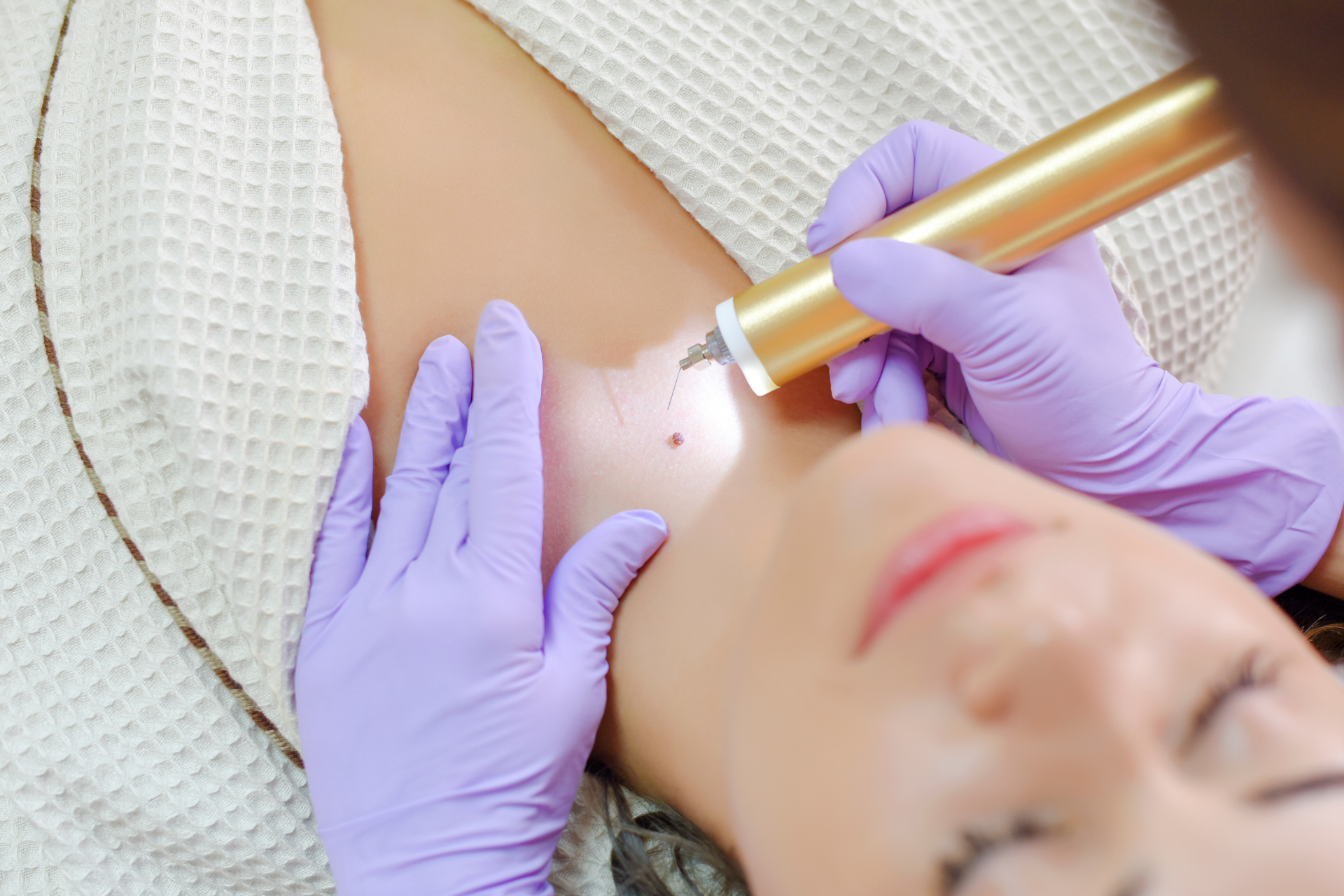Understanding Mole Removal: What You Need to Know

Are you concerned about a mole on your skin and considering mole removal? The decision to remove a mole can be a daunting one, but understanding the process and what to expect can help put your mind at ease. At Fall Creek Skin and Health Clinic, we specialize in providing safe and effective mole removal procedures for patients of all ages. In this blog post, we will delve into the essential information you need to know about mole removal.
What are moles?
Moles, also known as nevi, are common skin growths that appear on the skin as dark spots or small bumps. They are usually harmless, but in some cases, moles can develop into skin cancer. It is crucial to monitor any changes in size, shape, or color of your moles and consult a dermatologist if you notice any abnormalities.
Reasons for mole removal
There are various reasons why someone may opt for mole removal. These include:
1. Cosmetic reasons
Many individuals choose to have moles removed for cosmetic purposes, especially if the mole is located in a prominent or visible area.
2. Suspicious moles
If a mole displays irregular characteristics such as asymmetry, uneven borders, changes in color, or a large size, it may indicate potential skin cancer. In such cases, a dermatologist may recommend removing the mole for further examination.
3. Irritation
Moles can sometimes get irritated due to friction from clothing or jewelry, causing discomfort. Removing the mole can alleviate this issue.
Types of mole removal procedures
At Fall Creek Skin and Health Clinic, we offer various mole removal procedures depending on the size, location, and type of mole. The most common methods include:
1. Excision
This procedure involves numbing the area with a local anesthetic and cutting out the mole with a scalpel. The incision is then closed with sutures, leaving behind a small scar that will fade over time.
2. Shave excision
Suitable for raised moles, this method involves using a sharp blade to shave off the mole flush with the skin surface. Stitches are usually not required for this procedure.
3. Laser removal
Laser therapy is effective for removing small, non-cancerous moles by targeting the pigmented cells in the mole. This method is less invasive and typically results in minimal scarring.
Aftercare and recovery
Following mole removal, it is essential to take care of the treated area to promote healing and reduce the risk of infection. Your dermatologist will provide specific instructions on post-treatment care, which may include:
- Keeping the area clean and dry
- Avoiding exposure to sunlight
- Applying prescribed ointments or dressings
- Not picking at scabs or sutures
- Following up with your dermatologist for wound checks
It is normal to experience some redness, swelling, or scabbing in the treated area after mole removal. These symptoms should gradually improve as the skin heals. If you notice any signs of infection or unusual changes, contact your healthcare provider immediately.
At Fall Creek Skin and Health Clinic, our experienced dermatologists are dedicated to providing personalized care and effective mole removal procedures. If you have concerns about a mole or are considering mole removal, schedule a consultation with our team to discuss your options.
In conclusion, understanding the process of mole removal and knowing what to expect can help you make an informed decision regarding your skin health. Remember that early detection and treatment of suspicious moles are crucial in preventing skin cancer. Trust the experts at Fall Creek Skin and Health Clinic to deliver safe and professional mole removal services tailored to your needs.



Need Our Services?
Book a free consultation

Our promise is to offer high-quality medical attention at a fair price in a clean, friendly, and professional environment.
QUICK LINKS
BUSINESS HOURS
- Mon - Thu
- -
- Friday
- -
- Saturday
- Appointment Only
- Sunday
- Closed
All Rights Reserved | Fall Creek Skin and Health Clinic |
